BY REBECCA McKEE
This study was inspired by my personal history and experiences of Northern Ireland. I was born in London to Northern Irish parents and I frequently travel back to visit family there. I have long been intrigued by Northern Irish attitudes to both the sectarian divide and, more recently, towards their growing ethnic minority and migrant communities. More recently, my attention has been drawn to coverage in the Northern Irish media of growing hostility to minority communities there, expressed both as prejudice and outright violence. Although only a small minority of the Northern Irish population perpetrates the violence, it is clear that latent negative attitudes towards ethnic minorities are more widespread.
The Police Service of Northern Ireland report increasing numbers of racially motivated incidents and crimes since 2010, reversing a sustained fall in the previous decade. In 2013/2014 the number of racist incidents reported was 30.9% higher than a year earlier, even though reported sectarian incidents had fallen by 6.4% in the same period. These racially motivated incidents were predominantly concentrated in the capital, Belfast; similar trends are seen for those racially motivated incidents meeting the criteria to be considered criminal.
While Northern Ireland is not unique in experiencing considerable migration in recent years, what makes it different from the rest of the United Kingdom is that this is a recent phenomenon. Northern Ireland was, until relatively recently, ethnically homogenous. Geographical isolation and lack of employment opportunities excluded it from the post-war Commonwealth migration to Great Britain. Other than the small, long-established Jewish community, most migrants were Hong Kong Chinese, with a few doctors from the Indian sub-continent. The promise of peace after the Good Friday Agreement created better working conditions and this, coupled with EU expansion, brought a new wave of economic migrants into the region. Many were from Eastern Europe and initially they settled mainly in deprived, predominantly loyalist areas of Northern Ireland. This is in stark contrast to the post-war commonwealth migration to Great Britain in the mid-20th Century.
Northern Ireland is also different in terms of its weak political response to the changing nature of society and the emergence of racial tensions within its borders. The Race Relations Order was enacted only in 1997, 21 years after equivalent legislation was passed in Britain, and although modelled on it is widely perceived to be weaker and less strongly enforced. Added to this the Northern Ireland Assembly and Executive has shown little interest in this issue; a search for written questions containing the index term “race relations” in Hansard found only 109 written questions since its establishment in 1998.
My study looked at attitudes to ethnic minorities in Northern Ireland among the majority population. It employed a widely used scale which asks people how accepting they are of Eastern Europeans and Muslims as a tourist in Northern Ireland, a local resident, a colleague, a close friend or a relative by marriage. This avoids the biases associated with questions such as “are you prejudiced”. It found that tolerance has declined between 2010 and 2013.
I was also able to identify certain factors that influenced these attitudes. Protestants, but not Catholics, who were more accepting in general, were more accepting of Eastern Europeans if they had frequent contact with them. Contact with Muslims by all groups in the majority population is also associated with greater acceptance of them.
People who are against mixed marriages between Protestants and Catholics, an indicator of sectarianism, are also more prejudiced against Eastern Europeans, but sectarian attitudes were even more closely linked to rejection of Muslims. Consistent with earlier research, Catholics were more tolerant of both minorities than Protestants.
Finally those with higher education, GCSEs, A Levels or a degree were more accepting of Eastern Europeans than those without qualifications. Those who were long term unemployed or who had never worked were less accepting yet socio-economic factors did not affect attitudes towards Muslims. In contrast, older people were more prejudiced against Muslims but age made no difference to prejudice against Eastern Europeans.
Beyond the main finding, that there is decreasing acceptance of Muslims and Eastern Europeans in Northern Ireland, the most important finding is that, while there are a number of similarities in factors associated with attitudes towards these minority groups, there are also some differences. The need for a nuanced approach to race relations applies more generally to the UK, given the diversity of ethnic minority groups in many places, but it is especially important in Northern Ireland because of its unique experience with migration, with two relatively distinct stages.
These findings have potential implications for the Stormont government. First, within a framework of anti-discrimination policies, the experiences of each minority group should be considered separately. Second, policies should also address specifically the greater levels of prejudice in the Protestant community. Third, there may be benefits from community initiatives that bring people together with the aim of initiating contact and breaking down barriers between the different communities, although subject to further empirical evaluation.
I believe that the unique nature of migration to Northern Ireland, coupled with growing ethnic and religious tensions there, make the case for more research that can offer a better understanding of what is going on in Northern Ireland. Even now, most academics are focussing almost solely on sectarian divisions and, other than a small minority (Robbie McVeigh’s body of research is worth noting here) they have all but ignored the subject of racial prejudice. This study is motivated by the need to conduct a clear and concise study of attitudes towards minorities, using robust and objective measures to study publically available and representative data with the hope that it will bring more interest on this topic and ultimately facilitate better community relations for all in Northern Ireland.



